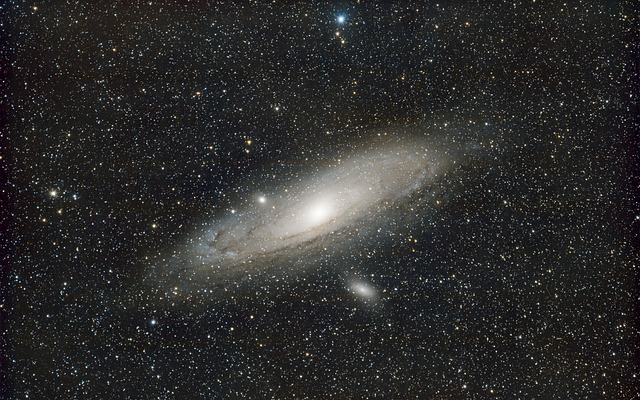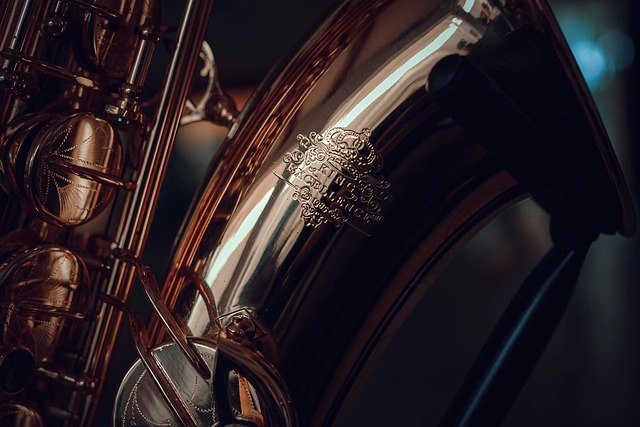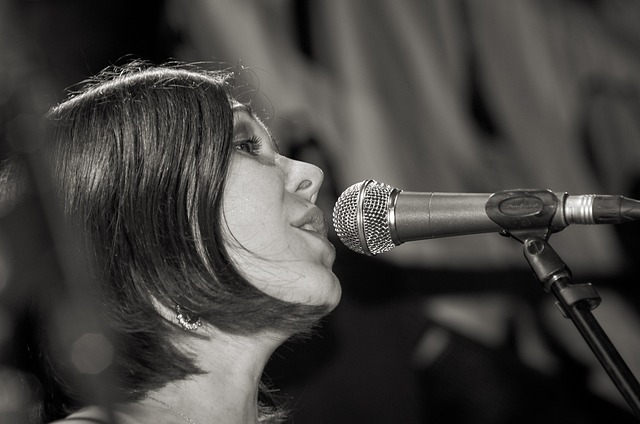Jazz has long been considered a living, breathing entity that reflects the pulse of the societies from which it emerged. The term “Jazz universe” evokes a sense of boundless creativity and perpetual motion that transcends borders, time, and convention. From the smoky club rooms of early New Orleans to the neon‑lit dance floors of contemporary nightclubs, this musical realm invites listeners to surrender to rhythms that pulse with authenticity. The article will explore how this musical style evolved, how its sub‑genres flourish, and how parties rooted in jazz culture keep the spirit alive.
Jazz began as a confluence of African rhythms, blues, ragtime, and Caribbean syncopation that coalesced in the late nineteenth‑century port city of New Orleans. African‑American musicians blended call‑and‑response patterns with brass band cadences, creating an improvisational language that was at once familiar and radically new. By the 1920s, the Jazz age blossomed across the United States, with swing, Dixieland, and early big‑band arrangements capturing the imagination of a nation eager for change. These early forms laid the groundwork for the Jazz universe’s expansive vocabulary, allowing later artists to experiment with harmony, form, and texture.
The Instruments of the Jazz Universe
The instruments that define the Jazz universe have a rich sonic palette. The trumpet’s bright, piercing timbre cuts through a horn section, while the trombone’s glissando adds warmth and color. The saxophone, with its expressive range, often serves as the voice of the improvising soloist. Rhythm section staples—piano, double bass, drums, and later, electric bass—provide a harmonic and rhythmic foundation that can shift from steady swing feel to syncopated groove. In small combos, each instrument must listen and respond, creating a conversational texture that defines the Jazz universe. The interaction of these voices gives rise to spontaneous moments that captivate audiences worldwide.
Improvisation: The Heartbeat of Jazz
Improvisation is the lifeblood of the Jazz universe. It turns a written framework into an unfolding conversation, where each note is a question and each phrase a response. Musicians trade motifs, develop thematic ideas, and often venture into unexpected harmonic territory. This spontaneous dialogue is anchored by an understanding of the underlying chord progression, yet it allows for personal expression that can defy the original composition. Audiences are drawn to the thrill of witnessing a fresh musical narrative unfold in real time, an experience that few other genres can replicate.
Sub‑Genres and the Richness of Diversity
The Jazz universe thrives on its diversity of sub‑genres, each carving a distinct sonic niche. Bebop, for instance, introduced complex chord changes and fast tempos, emphasizing virtuosic soloing over groove. Cool jazz, in contrast, offers relaxed harmonies and a subdued dynamic range, inviting listeners to a more contemplative state. Modal jazz, epitomized by Miles Davis’s “Kind of Blue,” strips melodies to scales, allowing expansive improvisation over static modes. Free jazz abandons fixed harmonic structures altogether, creating a spontaneous and sometimes chaotic soundscape. Fusion blends jazz improvisation with rock, funk, and electronic elements, pushing the boundaries of the genre and attracting new audiences.
Jazz is the language of the soul.
- Bebop
- Cool jazz
- Modal jazz
- Free jazz
- Fusion
Modern Scenes and Global Fusion
In the twenty‑first century, the Jazz universe continues to evolve, influenced by global sounds and technological advancements. Latin jazz incorporates Afro‑Caribbean rhythms, while Afro‑Brazilian styles blend samba, bossa nova, and jazz harmony into a seamless groove. Electronic jazz, sometimes called electro‑jazz, uses synthesizers and looping to create intricate soundscapes that merge tradition with futurism. The rise of streaming platforms has democratized distribution, allowing emerging artists from remote regions to share their interpretations with an international audience. Meanwhile, jazz festivals worldwide celebrate the genre’s legacy while spotlighting innovative musicians who push the envelope of what jazz can become.
Party Culture: A Social Ritual
Parties anchored in the Jazz universe are more than mere dance floors; they are social rituals that celebrate improvisation, storytelling, and communal joy. From intimate speakeasy‑style lounges that nurture close conversation between musician and audience, to large‑scale club events featuring cutting‑edge lineups, each setting invites participants to experience the music as an interactive dialogue. The use of acoustic amplification preserves the subtlety of instruments, while lighting design often reflects the subtle shifts in tempo and mood. As guests move from bar to dance floor, the music evolves in real time, creating a living, breathing party that is as spontaneous as the improvisations themselves.
Cultural Impact Beyond the Sound
The influence of the Jazz universe extends beyond music into fashion, language, and social attitudes. Jazz clubs became safe havens for marginalized communities, offering a platform for expression and solidarity. The swing era inspired a dance craze that crossed racial and class barriers. Jazz idioms, such as “cool” and “hot,” entered everyday vernacular, shaping how people perceived mood and style. Even the rhythmic patterns of jazz have informed contemporary hip‑hop, R&B, and electronic dance music, highlighting its role as a foundational pillar in the global music ecosystem.
The Future of the Jazz Universe
As the Jazz universe navigates an increasingly digital landscape, artists are experimenting with virtual reality concerts, algorithmic composition, and cross‑cultural collaborations that push the genre’s boundaries. Younger listeners are rediscovering jazz’s roots through educational platforms that blend gamified learning with real‑time feedback. The blending of traditional improvisational skills with contemporary production techniques promises fresh sonic textures that could appeal to audiences that might otherwise be uninterested in classic jazz formats. However, the core ethos—authentic interaction, emotional honesty, and creative spontaneity—remains at the heart of every new expression, ensuring that the Jazz universe will continue to thrive.
Conclusion: An Ever‑Evolving Conversation
Whether listening to a live trio on a summer rooftop or dancing to a packed club set, the Jazz universe invites each listener to become part of a living dialogue. Its rich history, diverse sub‑genres, and vibrant party culture demonstrate that jazz is not a relic but an evolving conversation that continues to shape modern music. By embracing both tradition and innovation, the Jazz universe creates a dynamic space where musicians and audiences co‑create moments that resonate across time and geography. In this way, jazz remains an ever‑present force that continues to inspire, entertain, and connect people worldwide.
The enduring allure of the Jazz universe lies in its ability to blend narrative depth with rhythmic playfulness, offering an immersive experience that transcends mere entertainment. From its humble beginnings in a bustling port city to its presence in global streaming playlists, jazz continues to evolve, inviting listeners to step into a world where every note tells a story and every beat invites participation. Its timeless spirit ensures that the Jazz universe will remain a vibrant beacon for generations to come.




